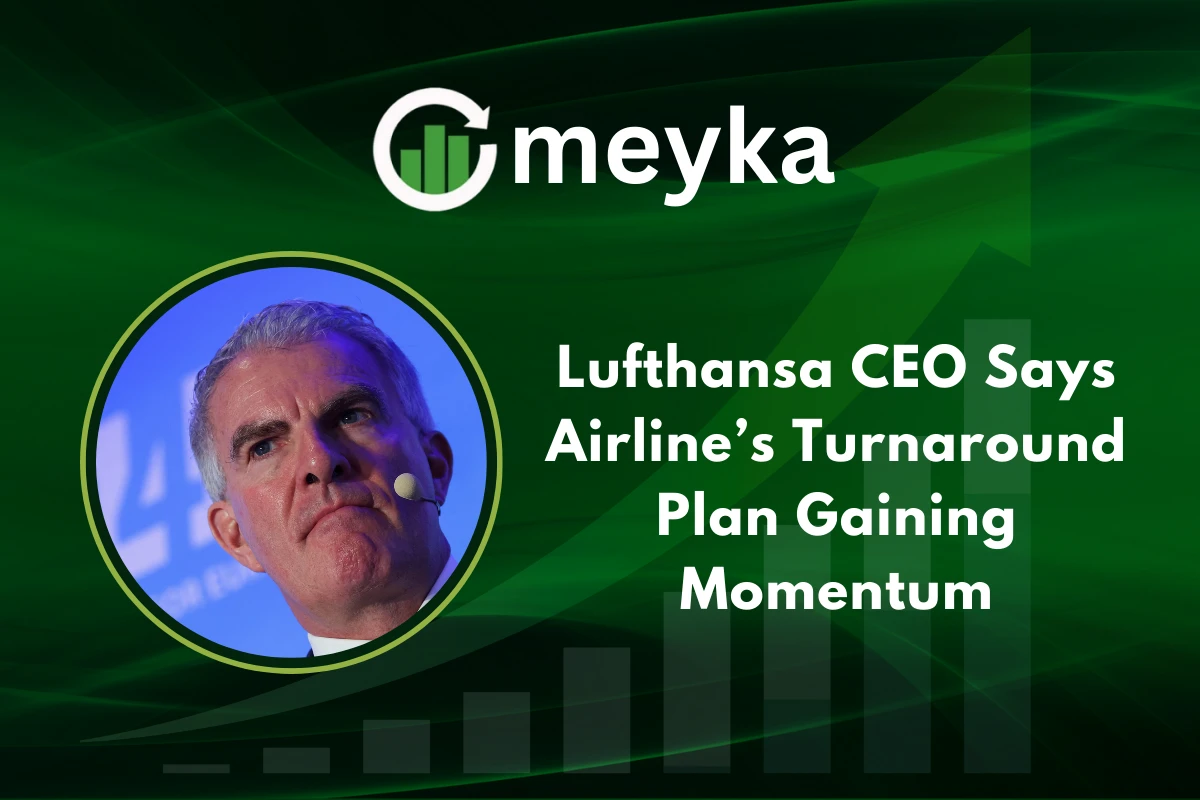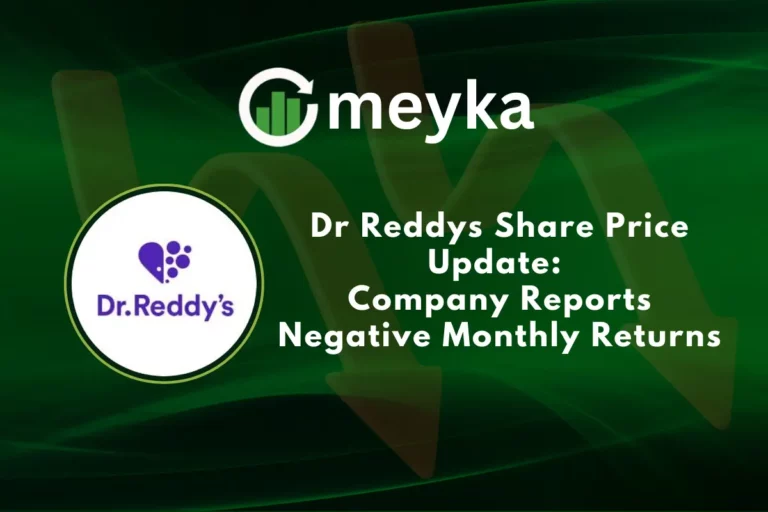Lufthansa CEO Carsten Spohr Says Airline’s Turnaround Plan Gaining Momentum
Lufthansa is reporting tangible progress in its multi year turnaround plan, CEO Carsten Spohr told reporters, calling 2025 a decisive year of transformation for the group. After profit warnings, operational setbacks and rising costs, Spohr said flight operations have stabilized, customer satisfaction is improving, and the company is relying on faster growth from its lower cost subsidiaries to shore up group performance.
These comments underline a strategy that prioritises operational stability and cost discipline to restore profitability.
Lufthansa turnaround plan: What is driving the progress?
The advances are pragmatic and structural rather than cosmetic. Lufthansa has tightened integration across its group carriers to smooth transfers and reduce complexity, shifted capacity into lower cost markets, and accelerated fleet renewal with new Airbus and Boeing deliveries. Spohr highlighted that cancellations have fallen to roughly one percent, a tangible operational milestone that improves reliability and passenger confidence.
At the same time, subsidiaries such as Eurowings and Discover are contributing the bulk of the group’s current growth because they operate with lower unit costs and greater schedule flexibility.
Why is Lufthansa focusing on leisure growth?
Leisure oriented carriers recovered faster after the pandemic, and they typically have simpler cost structures that translate into better margins on short haul and holiday routes. Lufthansa’s strategy is to grow those segments while protecting its premium long haul offering; that mix is intended to stabilise revenue as the legacy carrier tackles structural cost disadvantages.
CEO Carsten Spohr’s vision for the airline
Carsten Spohr has described 2025 and 2026 as transitional years, with the aim of delivering a durable turnaround by 2026. He emphasised that operational stability is a prerequisite for returning to sustainable profits, and pointed to fleet renewal as a key lever. The group recently took delivery of a Boeing 787 Dreamliner fitted with the premium Allegris cabin, and management expects roughly 60 new aircraft by the end of 2026. These deliveries are intended to lower unit costs, cut fuel consumption, and refresh the passenger experience on long haul routes.
What does this mean for passengers and investors?
For travellers, fewer cancellations and upgraded cabins mean better reliability and comfort. For investors, visible operational improvements and defined capital commitments lend credibility to the recovery story, though analysts warn margin restoration will depend on deeper cost reductions in the legacy business.
Lufthansa financial performance and passenger demand trends
The flagship airline faced spiralling costs and labour disruptions that led to profit warnings in 2024. Nevertheless, passenger demand has remained resilient, especially in leisure markets. Management says the revenue mix is shifting toward higher growth subsidiaries, supporting top line stability while the core unit implements cost cuts.
Market watchers point to improving on time performance and customer satisfaction as useful leading indicators that revenue stabilisation may follow.
How are labour relations shaping the recovery?
Labour relations remain a central risk. Pilot unions have raised concerns about pension changes and warned of possible strikes, and any industrial action would threaten the operational gains achieved to date. Spohr acknowledged that negotiating workable labour agreements is essential to secure long term competitiveness and investor confidence.
Growth in the leisure unit versus flagship operations
The group’s expansion is increasingly driven by Eurowings, Discover and City Airlines, which provide lower operating costs and operational agility. Management uses these platforms to expand capacity in price sensitive routes while preserving a differentiated premium product on intercontinental services.
The strategic challenge will be to scale these engines of growth without diluting the mainline brand or cannibalising higher yield routes.
Challenges in global aviation recovery and competition
Even with visible progress, Lufthansa faces tough external headwinds. High airport charges in parts of Europe, intense competition from ultra low cost carriers, volatile fuel costs and stricter regulatory demands on emissions all weigh on margins. Geopolitical shocks and currency swings add further uncertainty.
Spohr’s playbook of network reshaping, fleet efficiency and measured expansion aims to blunt these pressures, but execution across multiple fronts remains the critical risk.
What are markets saying right now?
Expert commentary and market reactions
Market commentators welcomed Spohr’s tone as evidence the plan is moving from design to delivery, while urging patience. Investing.com described the approach as pragmatic, noting that investors will be looking for consistent quarterly evidence that legacy costs are falling and leisure units deliver profitable growth. These metrics will be decisive for institutional confidence and credit markets.
Business tweeted highlights from Spohr’s remarks, noting improved operations and urging investors to watch the operational statistics that will confirm durable improvement.
The future outlook for Lufthansa in Europe and beyond
Looking ahead, Lufthansa’s recovery depends on integrating acquisitions, keeping aircraft deliveries on schedule, and securing labour deals that balance competitiveness with employee welfare.
If the group sustains low cancellation rates, converts operational gains into higher yields, and grows leisure segments profitably, the outlook becomes constructive. Still, stakeholders should expect a multi year recovery where earnings improvement trails operational fixes and where external shocks can alter the path to full recovery.
Conclusion: Momentum, not mission complete
Lufthansa is showing credible signs that its turnaround plan is gaining momentum, with better reliability, fleet renewal and leisure led growth offering a clearer route back to profitability. Carsten Spohr’s view that 2025 is a turning point is supported by operational metrics, yet substantial risks remain in labour relations, cost structures and competitive dynamics.
The next 12 to 24 months will be decisive in proving whether this operational momentum converts into sustained financial improvement for the airline.
FAQ’S
Carsten Spohr said Lufthansa’s turnaround plan is gaining momentum with improving passenger demand and stronger leisure growth.
Lufthansa is investing more in leisure travel because it shows higher growth potential compared to its flagship operations.
The airline is reporting steady progress with rising demand, though challenges remain in cost management and global competition.
Lufthansa faces high operating costs, global competition, and uncertainties in international travel demand.
Markets have reacted positively, with investor sentiment improving as the turnaround plan gains traction.
As CEO, Spohr is leading efforts to balance growth in leisure travel with stabilizing Lufthansa’s core airline operations.
Lufthansa aims to expand its leisure travel unit, strengthen its European market share, and improve profitability by 2026.
Disclaimer
This content is made for learning only. It is not meant to give financial advice. Always check the facts yourself. Financial decisions need detailed research.






